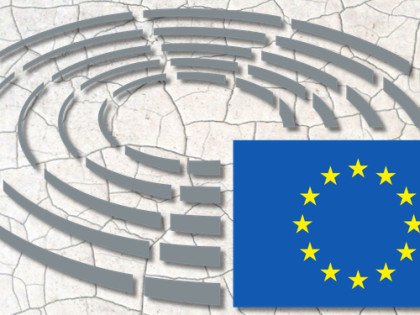The study published in the latest edition of Nicotine & Tobacco Research (1) comes from the researchers who work at University of Bath’s Department of Psychology and School of Psychological Science and the University of Bristol’s Integrative Epidemiology Unit.
The trio say that vaping represents an opportunity to stop tobacco use for many smokers. They agree that ecigs pose less than 5% of the harm of tobacco products. They state that evidence demonstrates that vaping is both an effective smoking cessation technique and a significantly reduced harm alternative to smoking.
“Despite this,” they write, “e-cigarettes are still met with widespread uncertainty by smokers. A Public Health England report estimates that 40% of smokers have never tried an e-cigarette, often due to misperceptions surrounding their safety. Over time, these misperceptions appear to be becoming more prominent. Between 2014 and 2019, the proportion of English smokers who correctly believed e-cigarettes were less harmful than cigarettes reduced from 45% to 34%. This pattern is mirrored in the US and inaccurate harm perceptions are most common among smokers who do not vape. There is therefore an important public health need to challenge these widespread misperceptions.”
They note that many public health information campaigns fail because even when they debunk myths and lies, “misinformation still influences decisions after corrections are acknowledged, and more concerningly, corrective information often backfires, accidently reinforcing the misperceptions it is designed to challenge”.
They conducted an online between-subjects experimental study in February 2020 with UK smokers who do not use e-cigarettes. The participants were randomised into one of three groups: watching a video by Cancer Research UK (CRUK), a video featuring proclaimed experts, and one receiving no messaging. In total, 390 subjects took part in the study.
They found, “that exposure to a short CRUK infographic video, and especially a video featuring e- cigarette experts, meaningfully corrected e-cigarette misperceptions among adult smokers who do not vape and increased their intentions to try an e-cigarette, compared to control participants who saw no video. Supporting previous findings, we observed high levels of misperceptions among those in our control group who saw no video, with these participants providing stronger endorsement for misbeliefs such as second-hand e-cigarette vapour can expose others to harm ‘and e-cigarettes often contain chemicals that are harmful to users health. Given the potential of e-cigarettes to reduce harm among current smokers, our findings indicate the significant public health potential of these brief video interventions.”
Related:
- Tackling Smoker Misperceptions about E-cigarettes using Expert Videos - https://academic.oup.com/ntr/advance-article/doi/10.1093/ntr/ntab104/6278481
Dave Cross
Journalist at POTVDave is a freelance writer; with articles on music, motorbikes, football, pop-science, vaping and tobacco harm reduction in Sounds, Melody Maker, UBG, AWoL, Bike, When Saturday Comes, Vape News Magazine, and syndicated across the Johnston Press group. He was published in an anthology of “Greatest Football Writing”, but still believes this was a mistake. Dave contributes sketches to comedy shows and used to co-host a radio sketch show. He’s worked with numerous start-ups to develop content for their websites.
Join the discussion
Harm Reduction For The Rich
The United Kingdom risks becoming a harm reduction country only for the wealthy, according to Michael Landl of the World Vapers’ Alliance
Irish Government Pauses New Vape Tax
Irish Minister for Finance Michael McGrath postponed the implementation of a vaping tax over concerns that it would discourage smokers who use e-cigarettes to quit smoking
WHO Told To Modernise Strategy
Modernise your tobacco control strategy, is the call being issued from ‘Quit For Good’ to those in charge at the World Health Organisation
ETHRA Writes to SANT Committee
European consumer advocacy umbrella organisation ETHRA has written to the SANT Committee on non-communicable diseases












